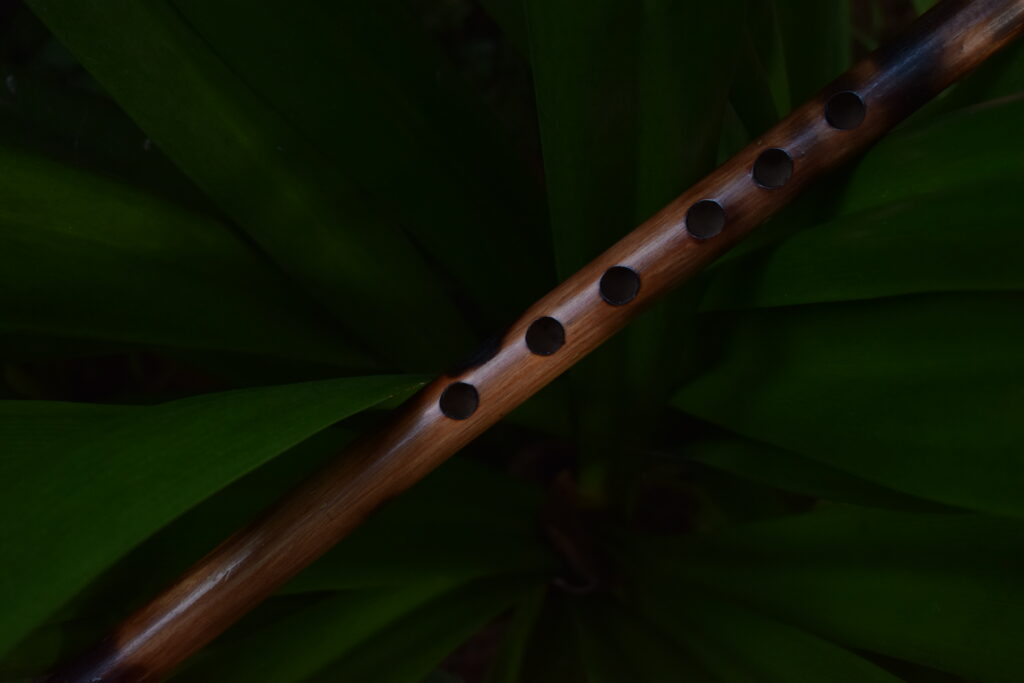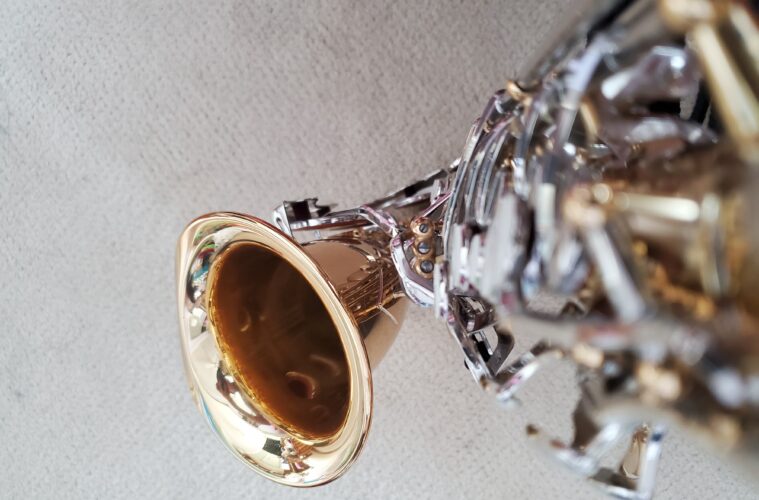There are ten instruments in the woodwind family; these are the flute, piccolo, oboe, clarinet, bass clarinet, E-flat clarinet, English horn, bassoon, and contrabassoon. These beautiful instruments produce an eclectic sound that’s soothing to the ears (when played accurately). However, picking the right one can be tricky. It all depends on your experience level, budget, and what’s suitable for your situation. To help you out, take a look at these expert tips on how to choose your first woodwind.

Know The Difference Between Student vs Pro Level Models
Just because this is your first woodwind instrument this does not make you a beginner. Choosing the right one for you is based on your experience level. If you have plenty of experience playing on your saxophone or clarinet, you can make a pro-level instrument your first. However, don’t assume that student models are less in quality. Many professional players still choose to gig with their student models. These labels in no way mean one is better than the other. So it’s simply down to which one you find the most comfortable to practice with.
Compare Prices
You’ll notice there are varying prices of the same instrument because each brand is different. While some brands are very high-quality and famous for a reason, they can also be a bit on the pricier side. The truth is, buying any woodwind is going to be an investment, so spending more money will result in you getting a better quality instrument that is finely tuned. On the other hand, not being able to afford one of the high-quality ones does not mean you shouldn’t settle for other brands. All it means is that you will have to reassess which features are a must for you and which ones produce a decent sound that you can get on board with. This is something you need to research so that you can compare the prices, and ensure you’re getting the right model for you.
For example, when choosing a piccolo instrument, you’ll notice there are so many brands and each offers something different. That’s why it’s best to read reviews on the best piccolo brands from pro piccolo players. Professional players will help you understand which features are worth splurging on and what you should save on without compromising your sound.
The following are popular woodwind instrument brands that you should research when choosing your own:
- Yamaha
- Vito
- Cannonball
- Jupiter
- Selmer/Bundy
- Con
- Keilwerth
New vs Second-Hand
As mentioned above, there’s no need to break the bank over an instrument you can barely afford, so be sure to give this some revision. After you have evaluated which features you can’t live without and which type of brand produces the best sound, you can then determine whether it’s worth it for you to pay the full price right now. If not, don’t fret; you can always consider getting the brand you want second-hand. As long as it has been kept in good condition, there’s no reason why it won’t work just as well as a brand new instrument.
Rent vs Buy
If you’ve never bought your own instrument before, you need to decide whether buying one is in your best interests. This depends on how often you plan to play. If you can see far enough in the future to know that this is a long investment that you plan to commit to, then you’ll certainly want to have your own. Otherwise, you can consider renting one for as long as you need. If you cannot yet afford to purchase one, this may be another reason why it’s best to rent one first. That way you can practice plenty until you can afford to bag your own.

When choosing your hand-made instrument, consider the additional items you will need to purchase with it because you will need to factor this into your budget. This may change your opinion on which model to buy as well. You want these items to last, after all, so make sure your money is well spent. The items you will need include a reed, which is a mouthpiece for certain types of woodwinds like the oboe, clarinet, and bassoon.Also, most woodwind instruments need metal caps (keys), which are hole covers to keep the instrument clean, otherwise, the sound they produce can be affected. While these additional features aren’t expensive, they can make things financially difficult if you need to replace them constantly and are already pushing the limit with the cost of the instrument itself. In this case, opt for one of the options above to cut costs while still getting your dream instrument.
Published by HOLR Magazine


